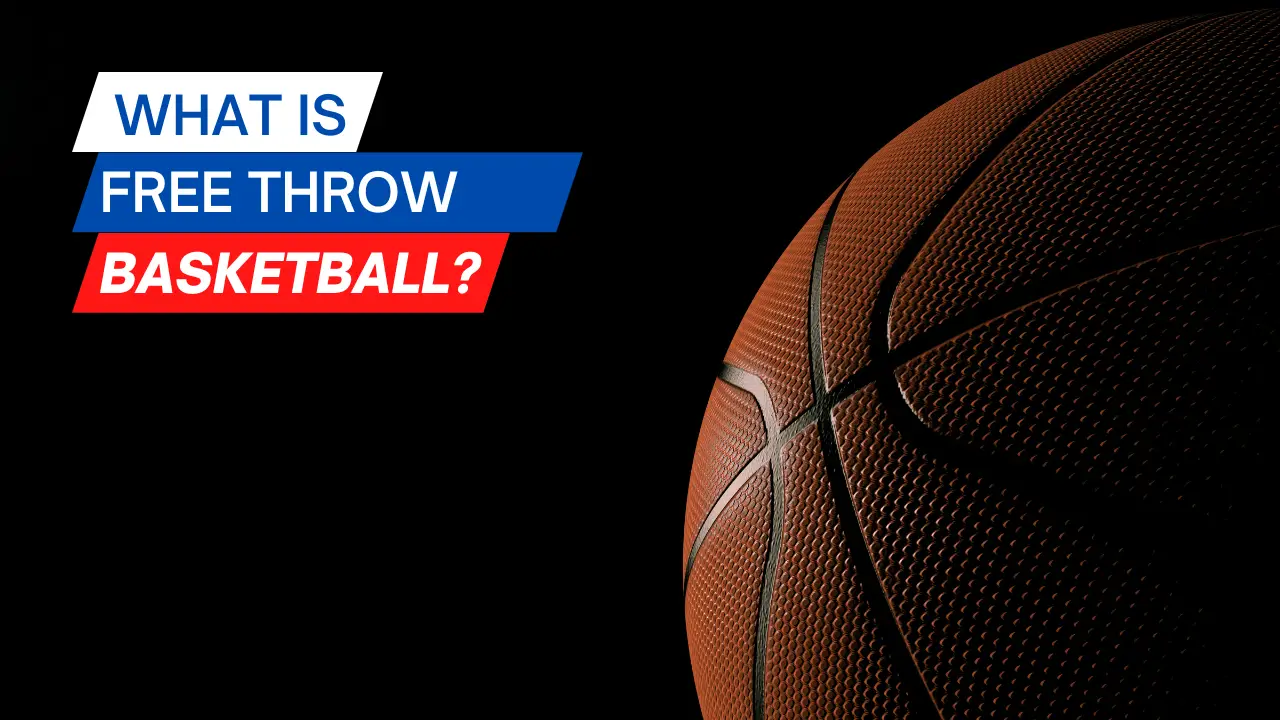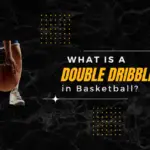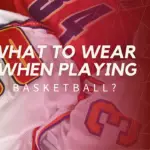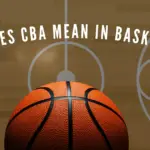In basketball, a free throw is taken by the fouled player. The free throw is taken from the free throw line, which is located 15 feet from the basket.
To shoot a free throw, the player stands behind the free throw line and takes a shot at the basket. If the shot goes in, the player gets one point. Free throws are usually taken when a player is fouled while shooting, but they can also be taken after a technical foul or during certain types of play.
Why Are They Called Free Throws?
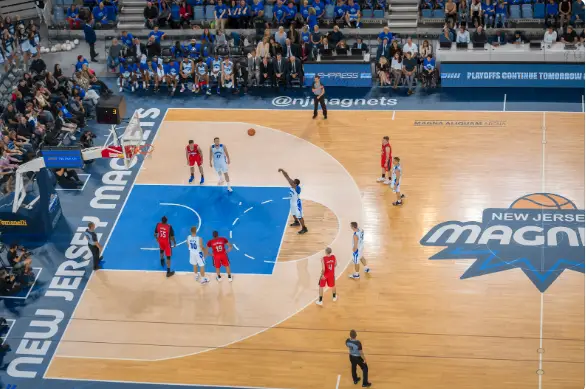
The name “free throw” comes from the fact that these shots are taken without defense from the other team.
Free throws are an important part of basketball because they give players a chance to score points even when the other team is playing good defense. They also help to keep the game fair by giving players who have been fouled a chance to score.
How Do Free Throws Work?
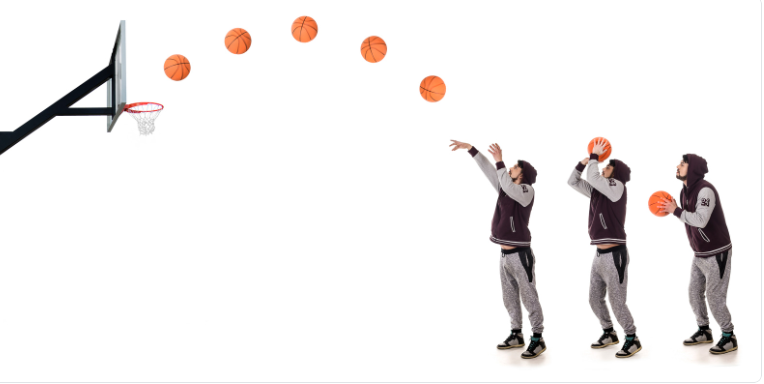
The player who is fouled gets to shoot the free throws. If a player is fouled while shooting a three-pointer, they get three free throws.
To shoot a free throw, the player stands behind the foul line and shoots the ball into the basket. The player must release the ball before their feet touch the ground on either side of the line. If they do not, it is called a traveling violation and they do not get the point.
What Are The Rules For Free Throws?
Some rules govern free throws. For example,
- The shooter must have both feet behind the line when they release the ball. If they don’t, it’s a traveling violation, and they lose their shot.
- The defense can not touch the ball until it hits the rim or goes in the basket; if they do, it’s called goaltending, and the shot counts automatically.
Can You Jump In A Free Throw?
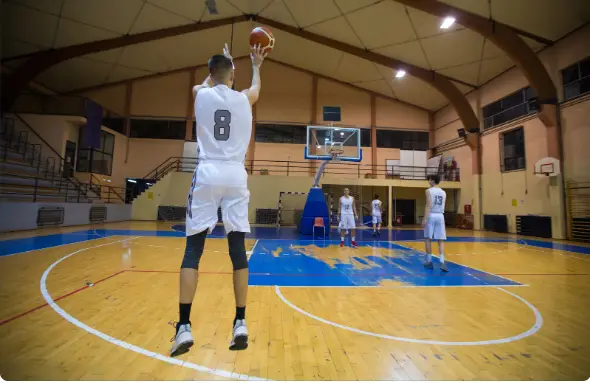
The answer is yes! If you’re able to get enough height and power behind your shot, jumping can help you get the ball through the hoop more easily. However, it’s important to note that jumping isn’t always an advantage. Sometimes, it can make it more difficult to score.
Why Don’t Basketball Players Jump On Free Throws?
There are many reasons why basketball players do not jump on free throws.
- It can be difficult to control the direction of the ball when jumping.
- Jumping can make it more challenging to shoot the ball accurately.
- Some players believe that jumping on free throws can give their opponents an advantage by allowing them to see where they are going to land.
Distance Between The Free Throw Line And Backboard:

In free throw basketball, the distance between the free throw line and the backboard is 12 feet. The backboard is 6 feet wide and the free throw line is 15 feet from the front of the basket.
Types Of Fouls That Can Result In Free Throws:
Many different types of fouls can result in free throws, including personal, technical, and flagrant fouls.
Personal Fouls:
Personal fouls are the most common type of foul that results in free throws. Personal fouls include any type of illegal contact between two players, such as hitting, pushing, or tripping.
Technical Fouls:
Technical fouls are less common than personal fouls but can still result in free throws. Technical fouls include any type of unsportsmanlike conduct, such as cursing at a referee or coach.
Flagrant Fouls:
Flagrant fouls are the most serious type of fouling and can result in an ejection from the game in addition to free throws.
How Much Time Do You Have To Take A Free Throw Shot?
The player has 10 seconds to shoot the ball, and if they do not make the shot within that time, they will receive a foul.
Which Player Is The Best At Free Throw Shooting?
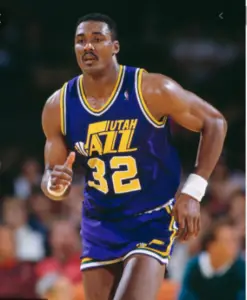
When it comes to free throw shooting, Karl Malone is the best player in history. Malone holds the record for most free throws scored in a career, with 9,787. He also holds the record for attempts, with 13,188 free throws attempted. His percentage of 74.20 is the best of all time.
Malone’s dominance at the free-throw line is even more impressive when considering his size and position. He was a 6’9″ power forward who was known for his physicality. Many of his opponents tried to foul him to slow down his game or stop a scoring run. Despite this, Malone excelled at getting to the line and converting his shots
Conclusion:
In conclusion, a free throw is an important part of the game of basketball. It can be the difference between winning and losing a game. Players need to practice their free throws to be successful.

Clyde Jackson III is a basketball coach and the founder of GCBC Basketball, a basketball-related learning and informational website that focuses on helping young players develop their skills on and off the court. With over 15 years of coaching experience, Clyde has worked with players of all ages and skill levels, from beginners to professionals.

